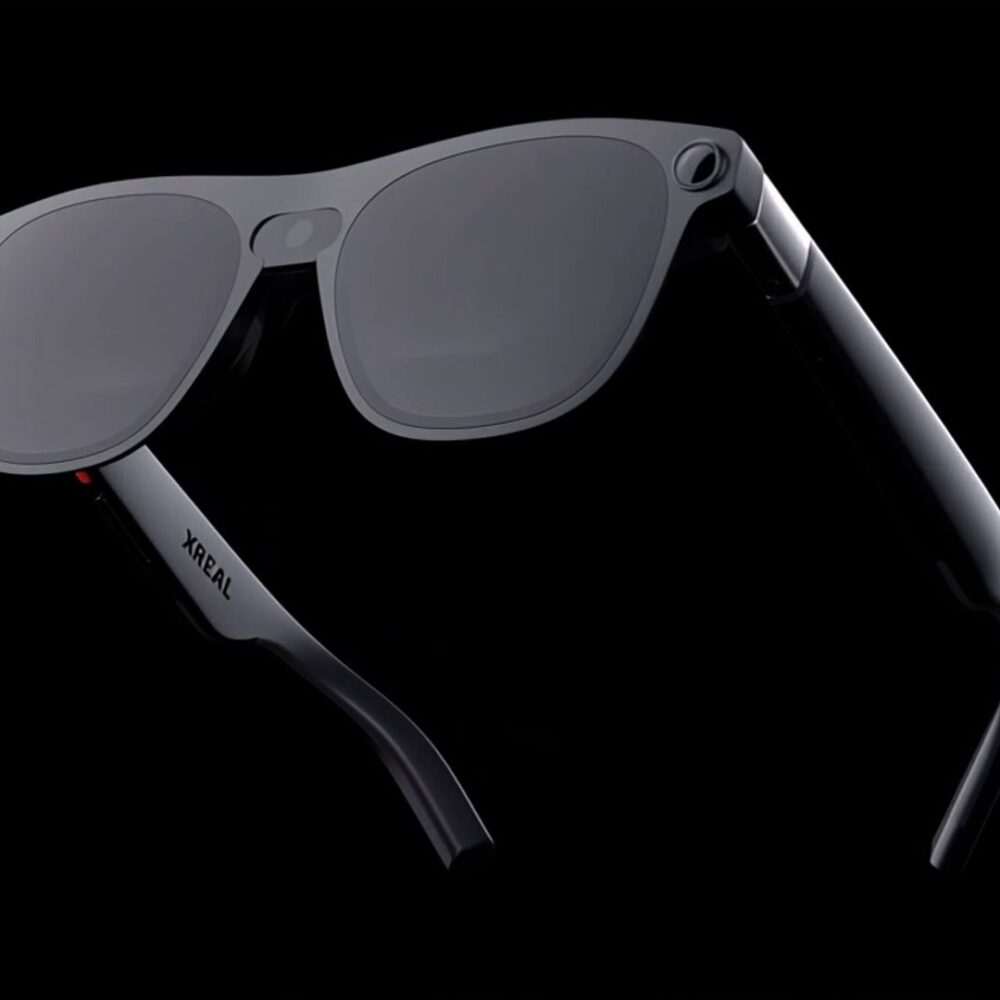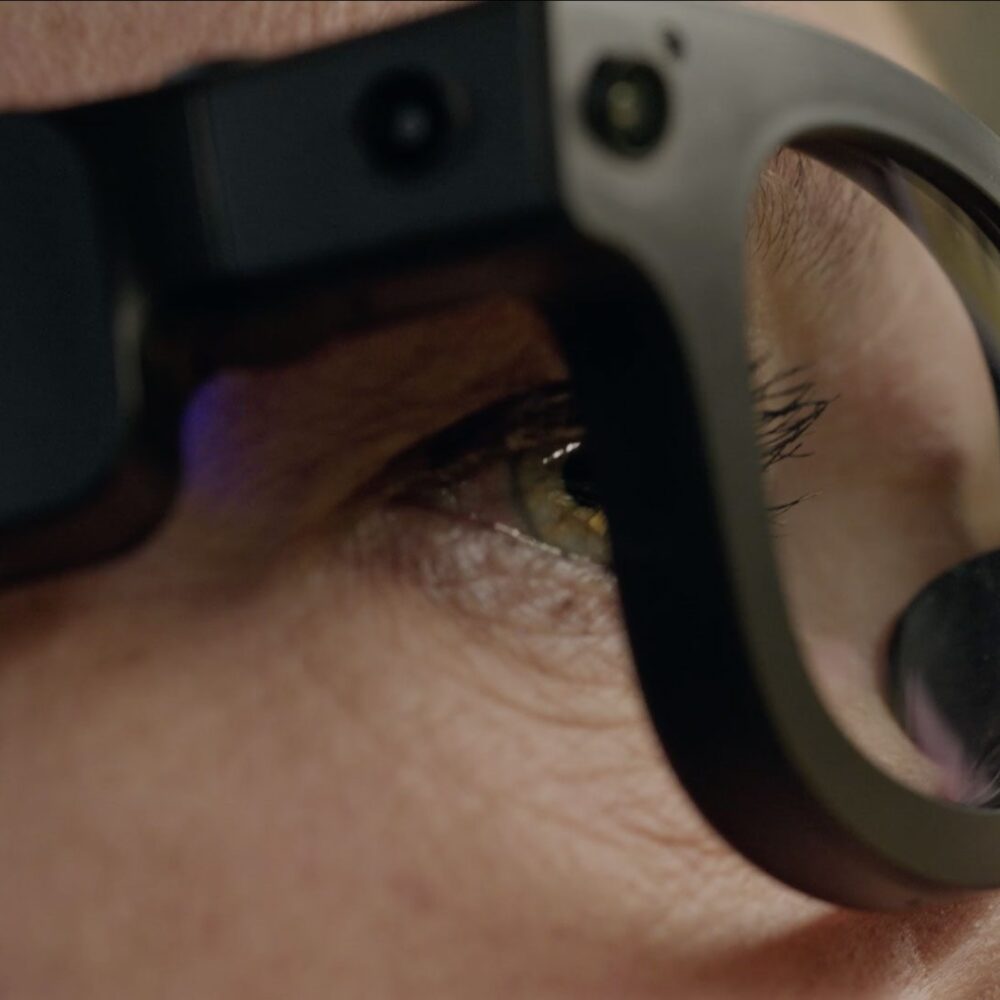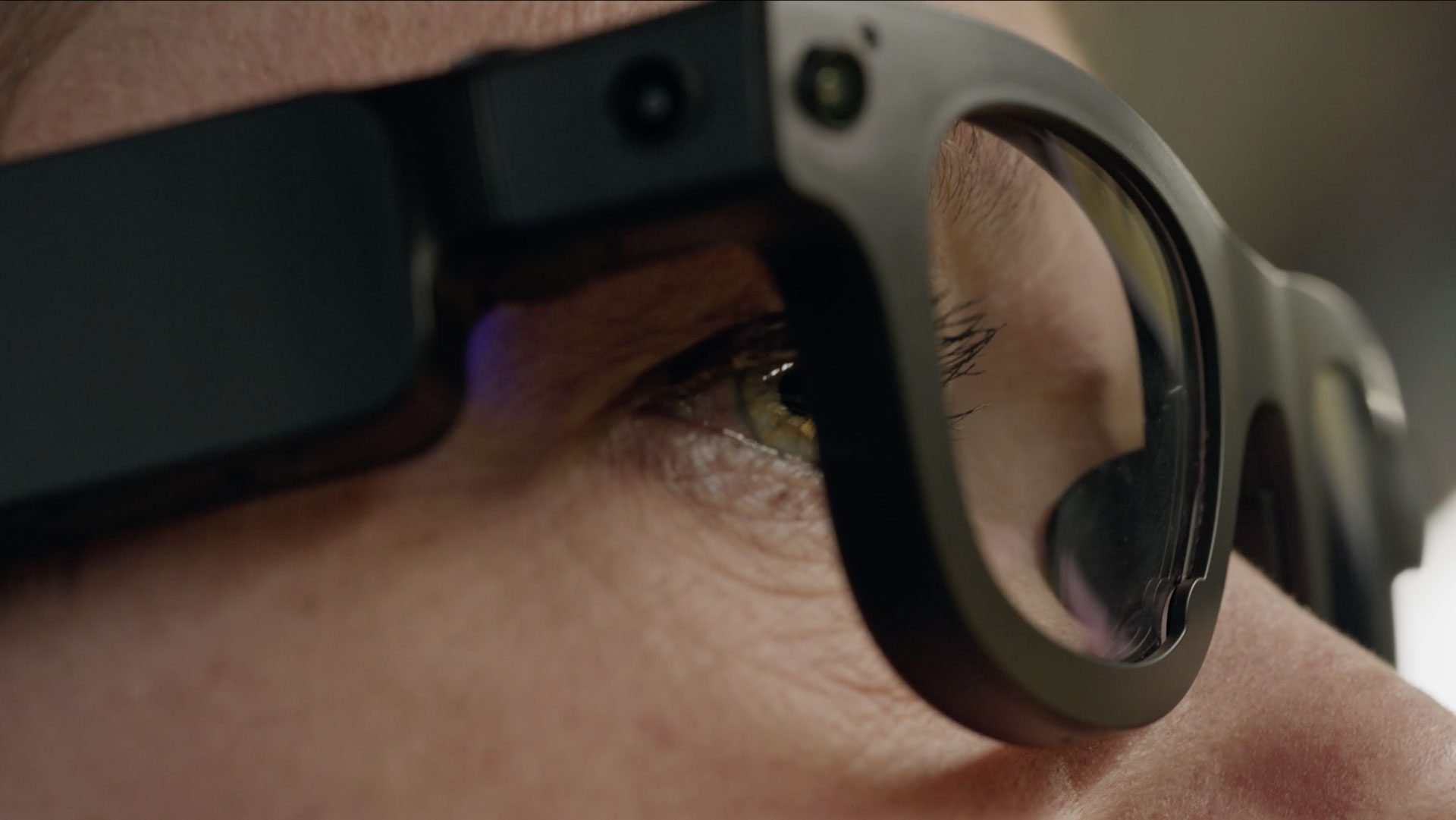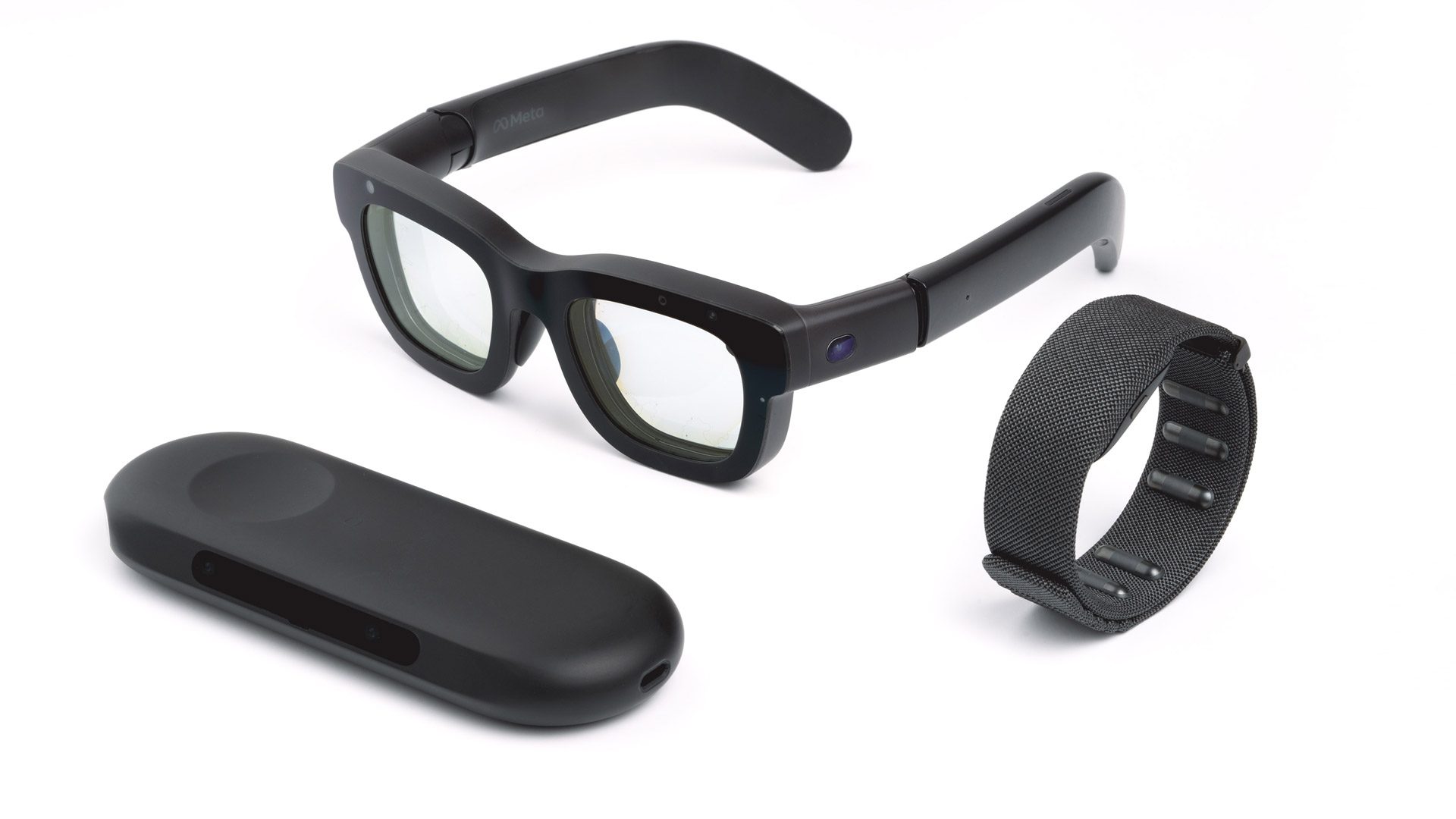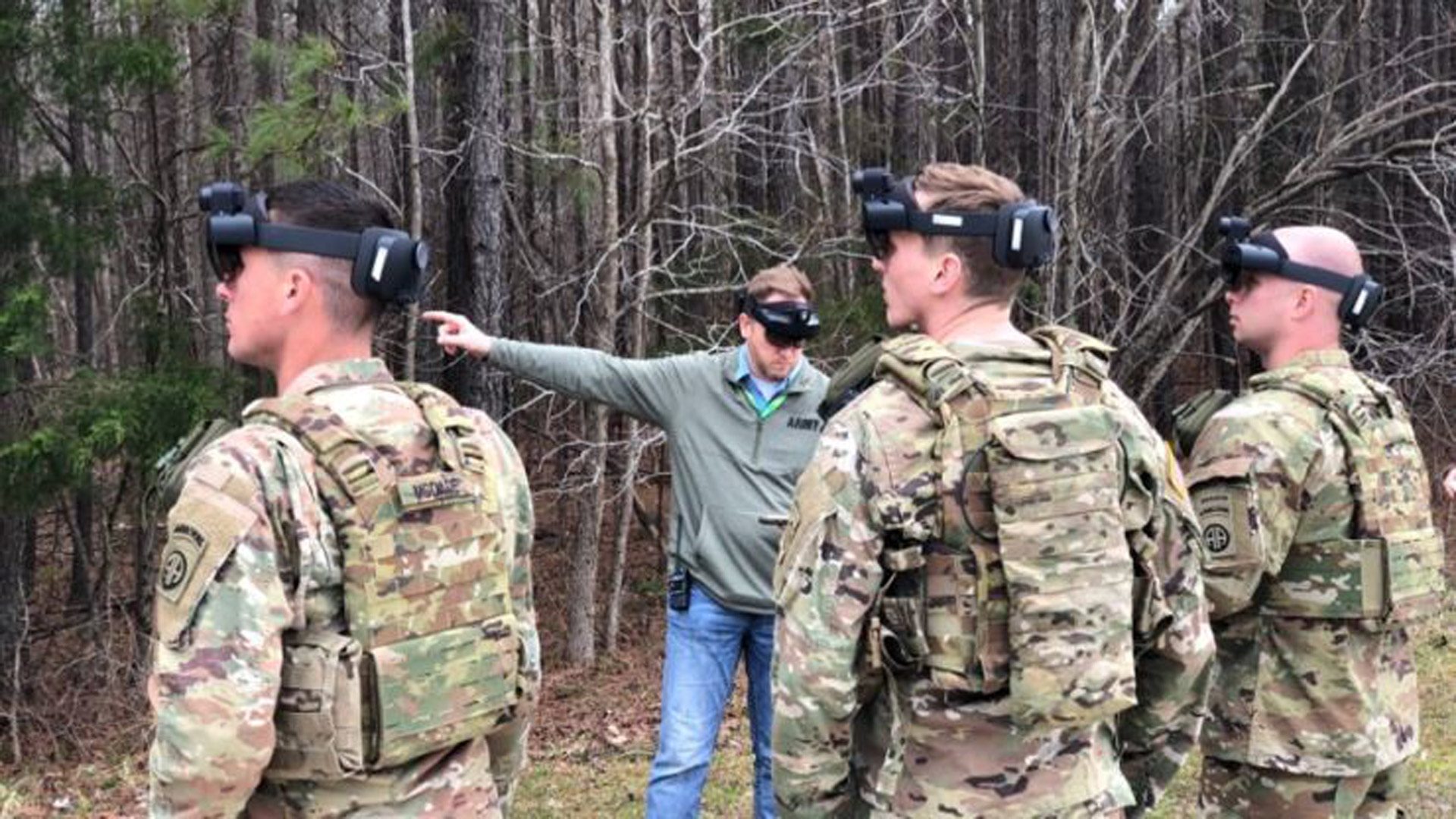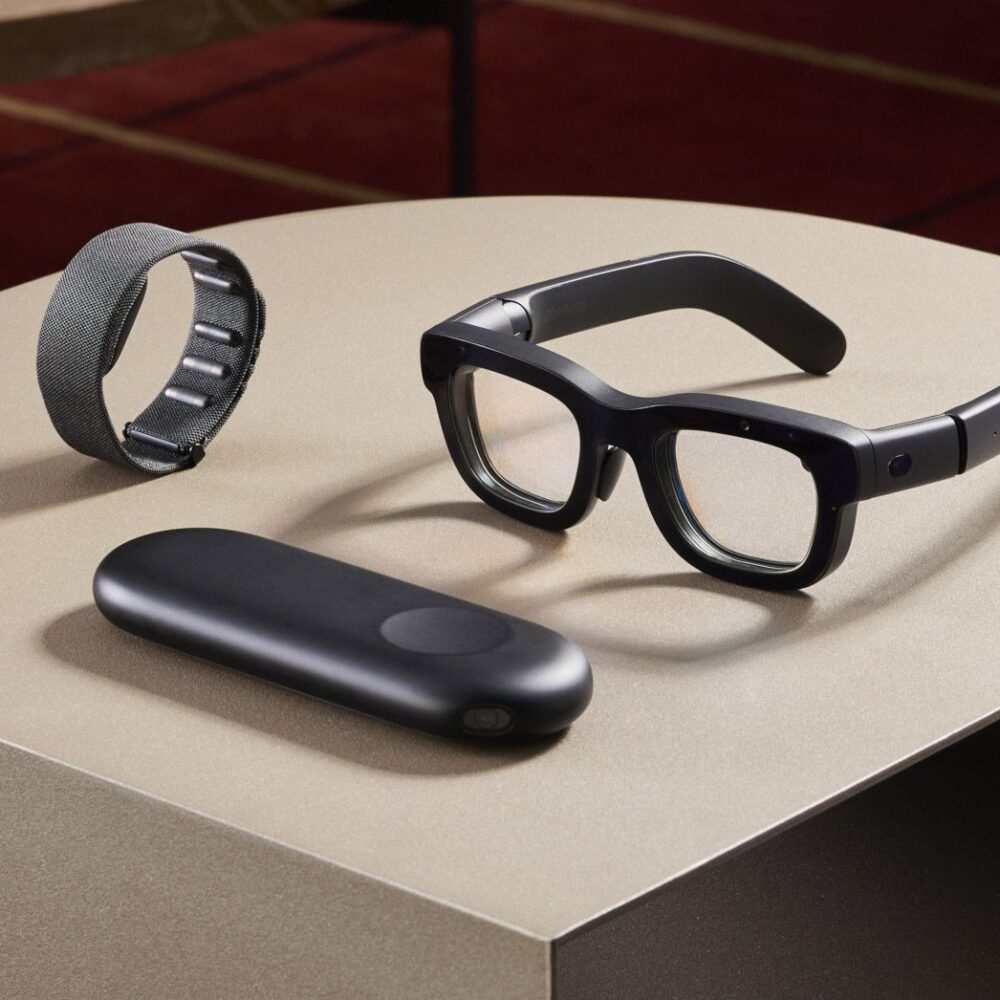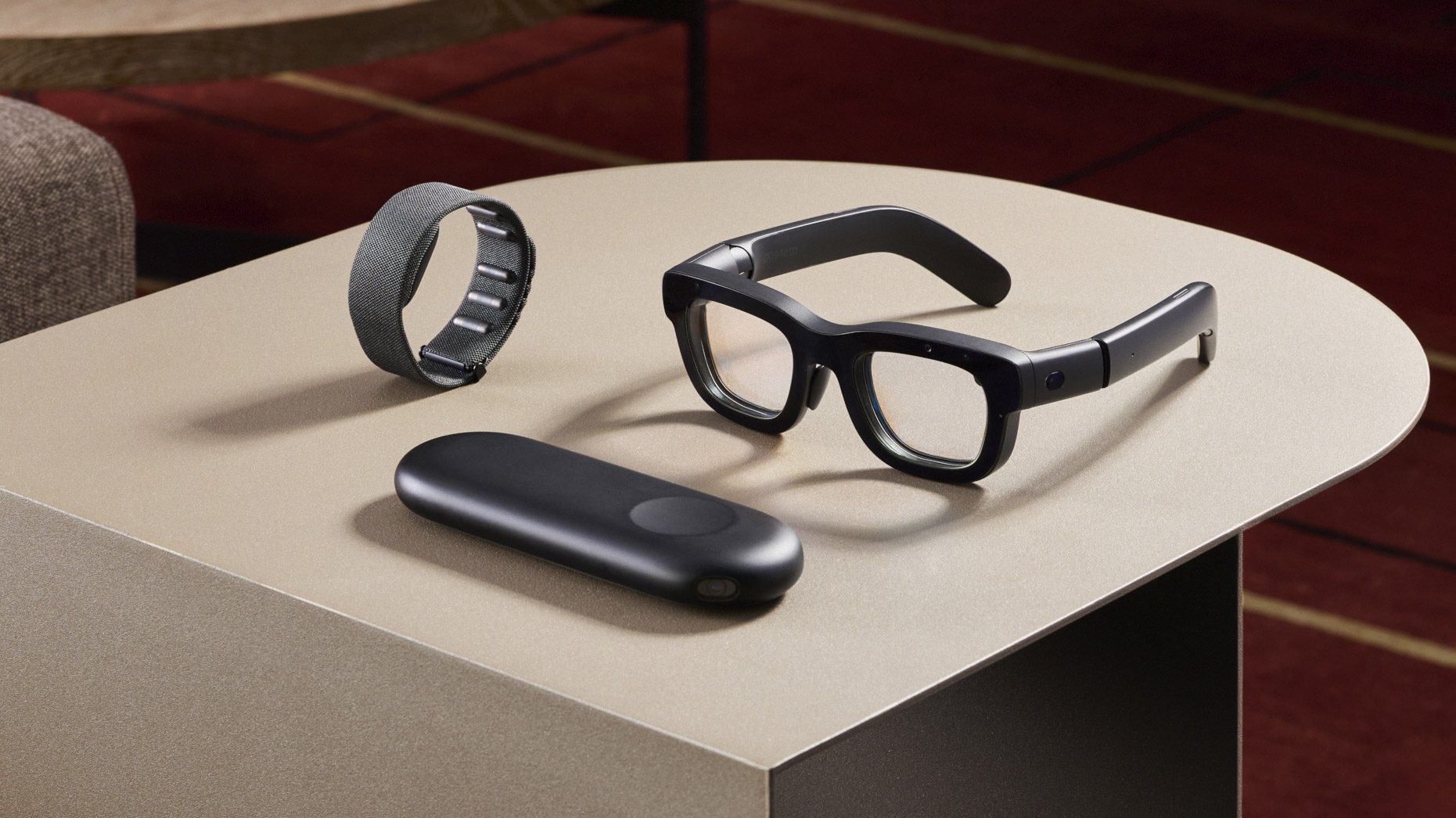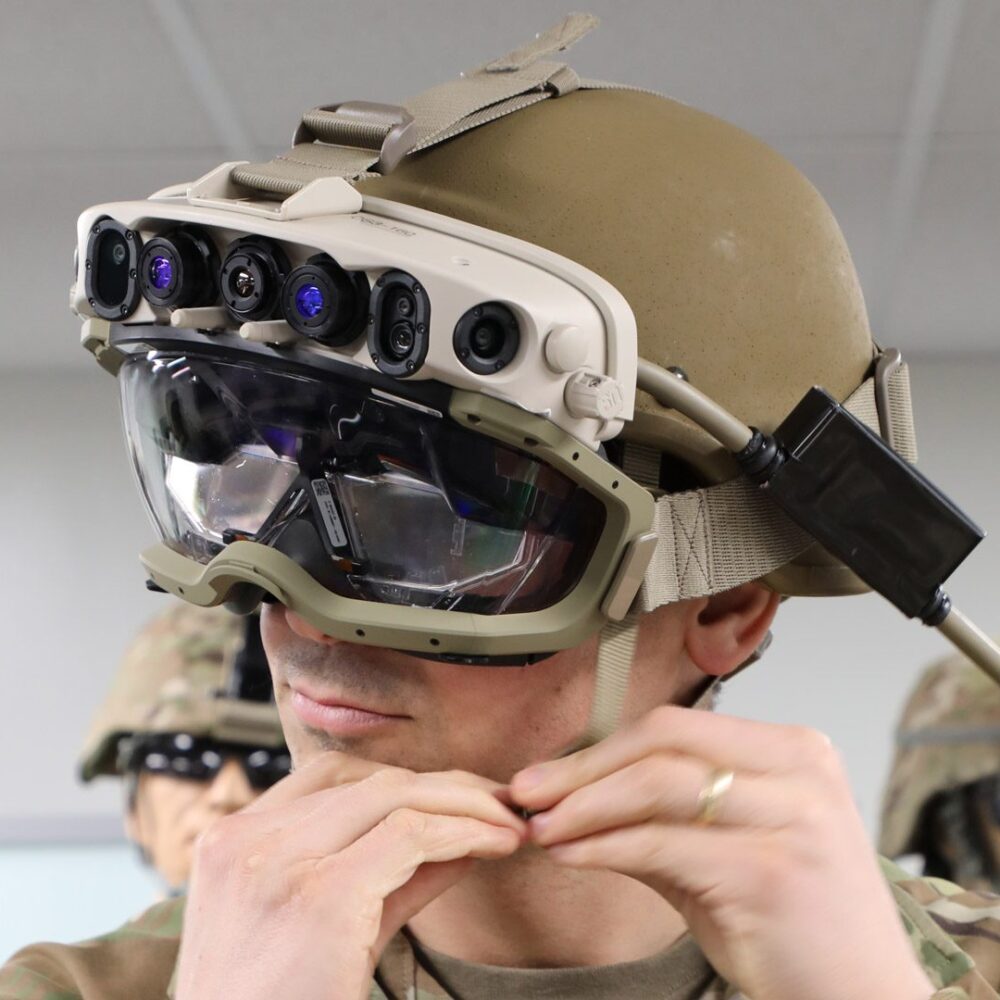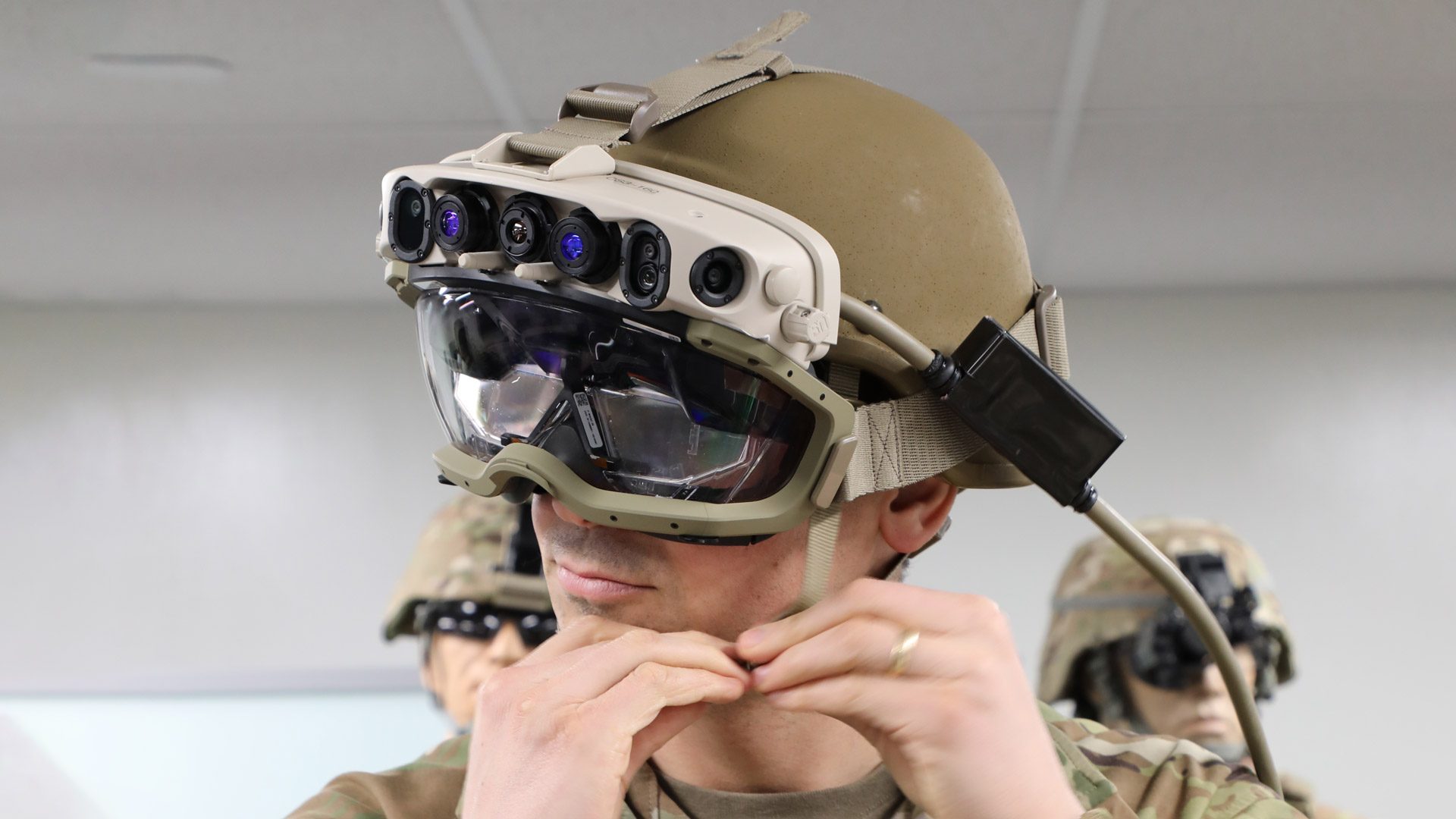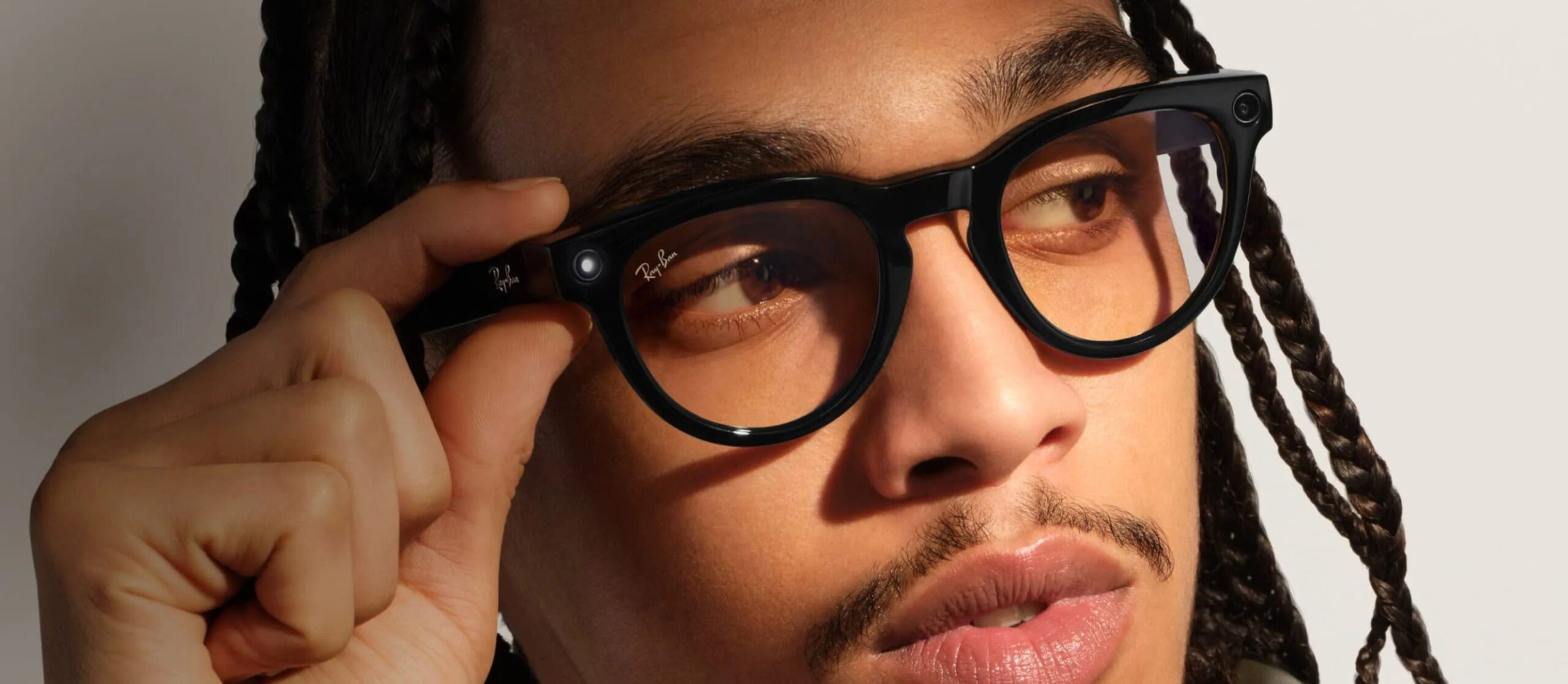When it launches later this year, Android XR is coming first to Samsung’s mixed reality headset, Project Moohan. Now, Google has tapped AR glasses creator XREAL to be the second with its newly unveiled Project Aura.
Google announced at its I/O developer event that China-based XREAL will be the second device officially slated to run Android XR, the company’s forthcoming XR operating system currently in developer preview.
Codenamed Project Aura, the companies describe the optical see-through (OST) device as “a portable and tethered device that gives users access to their favorite Android apps, including those that have been built for XR.”
Information is still thin, however XREAL says Project Aura was created in collaboration with Google and chip-maker Qualcomm, and will be made available to developers “soon after” the launch of Project Moohan, which was recently affirmed to arrive later this year.
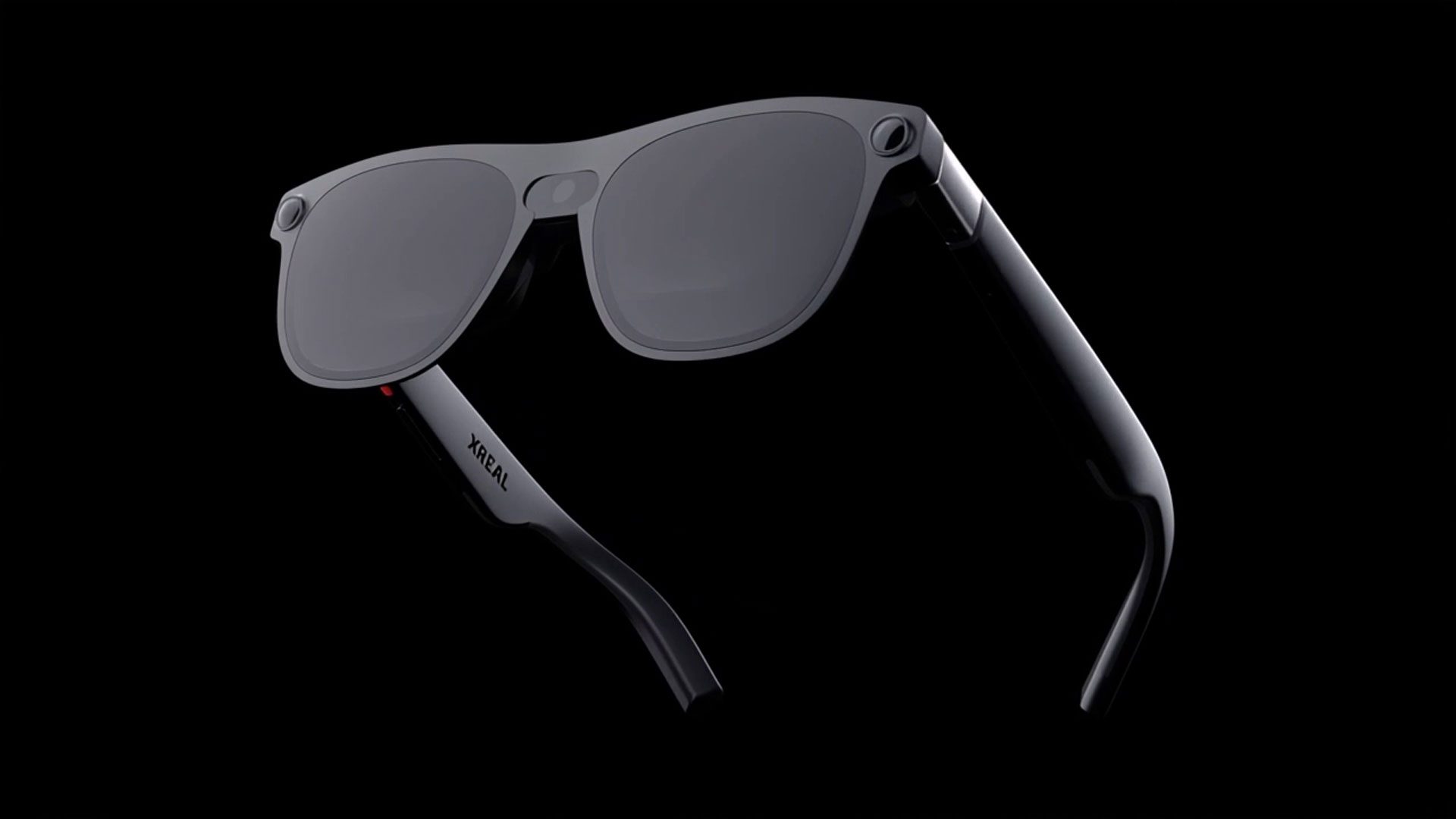
XREAL hasn’t released specs, although the company has a track record of pairing micro-OLEDs with birdbath optics, which differs from the more expensive waveguide optics seen in devices such as Microsoft HoloLens, Magic Leap One, or Meta’s Orion AR glasses prototype.
Birdbath optics use a curved mirror system for brighter, higher field-of-view (FOV) and lower-cost AR displays, although this typically results in bulkier designs. Waveguides are often thinner and more expensive to manufacture, but provide more wearable form factors with better transparency; waveguides also typically feature a lower FOV, although prototypes like Meta Orion are bucking that trend.
Like the Android XR glasses seen on stage at Google I/O, which are coming from eyewear companies Warby Parker and Gentle Monster, XREAL Project Aura is expected to feature built-in Gemini AI, allowing it do things like real-time translation, AI assistant chats, web searches, object recognition, and displaying contextual info.
Choosing XREAL as its next Android XR hardware partner makes a good deal of sense here. Founded in 2017, XREAL (previously Nreal) has developed a number of AR glasses generations over the years, including its own custom Android launcher, Nebula, to handle native AR experiences on Android devices.
Like previous XREAL devices, Project Aura is meant to be a tethered, and not standalone. It’s uncertain just what external device the device will run Android XR, be it a standard smartphone or dedicated ‘puck’ like XREAL Beam.
That said, XREAL says they’ll be talking more about Project Aura at the Augmented World Expo (AWE) next month, which takes place June 10th – 12th in Long Beach, California. We’re going to present at AWE this year, so check back soon for more on all things XR to come from the event.
